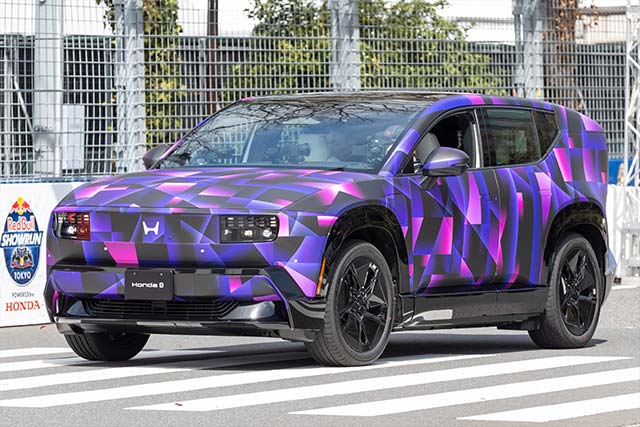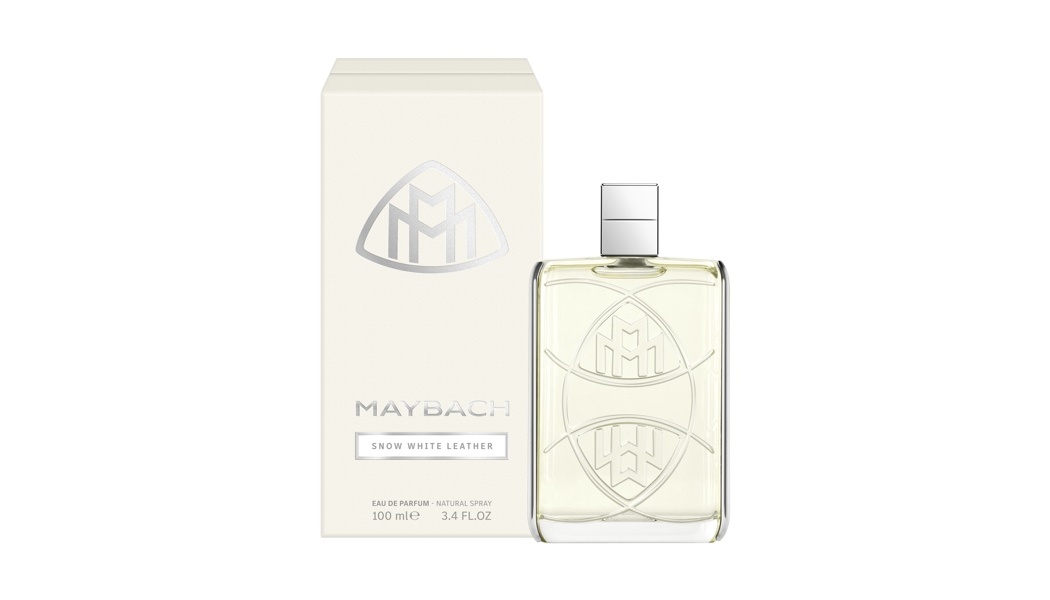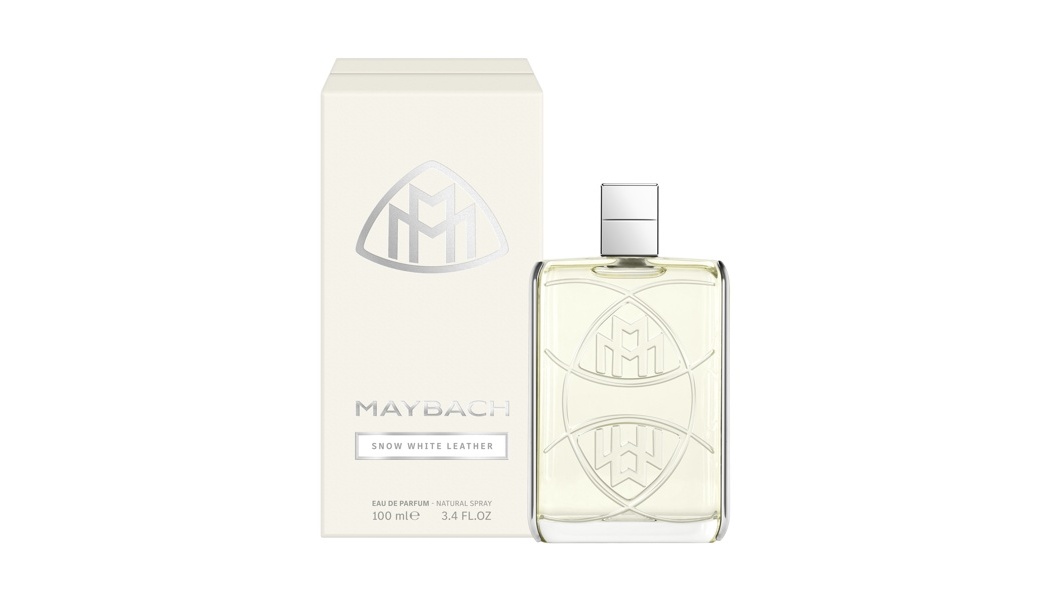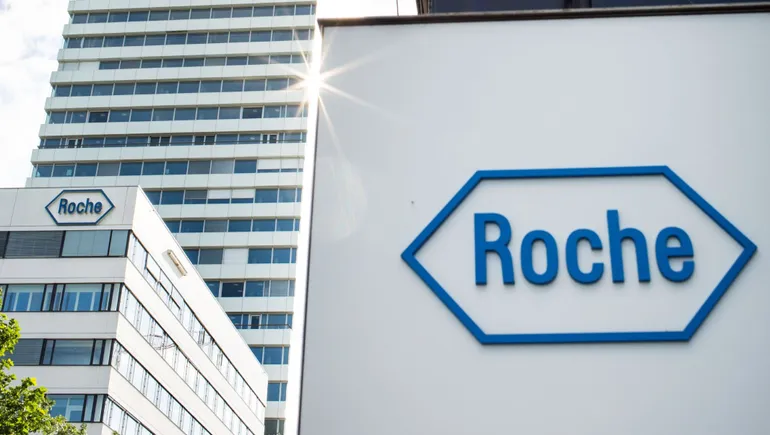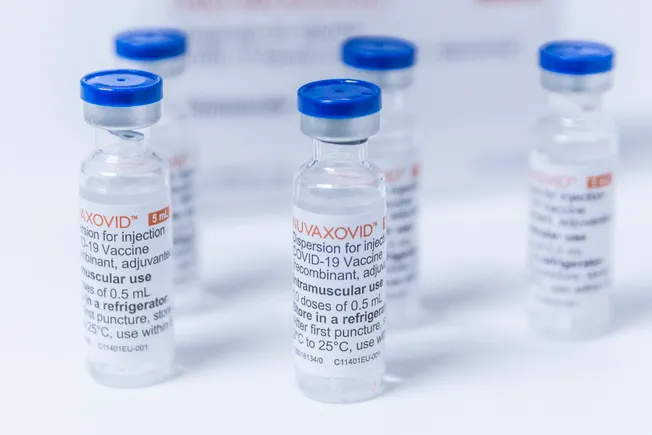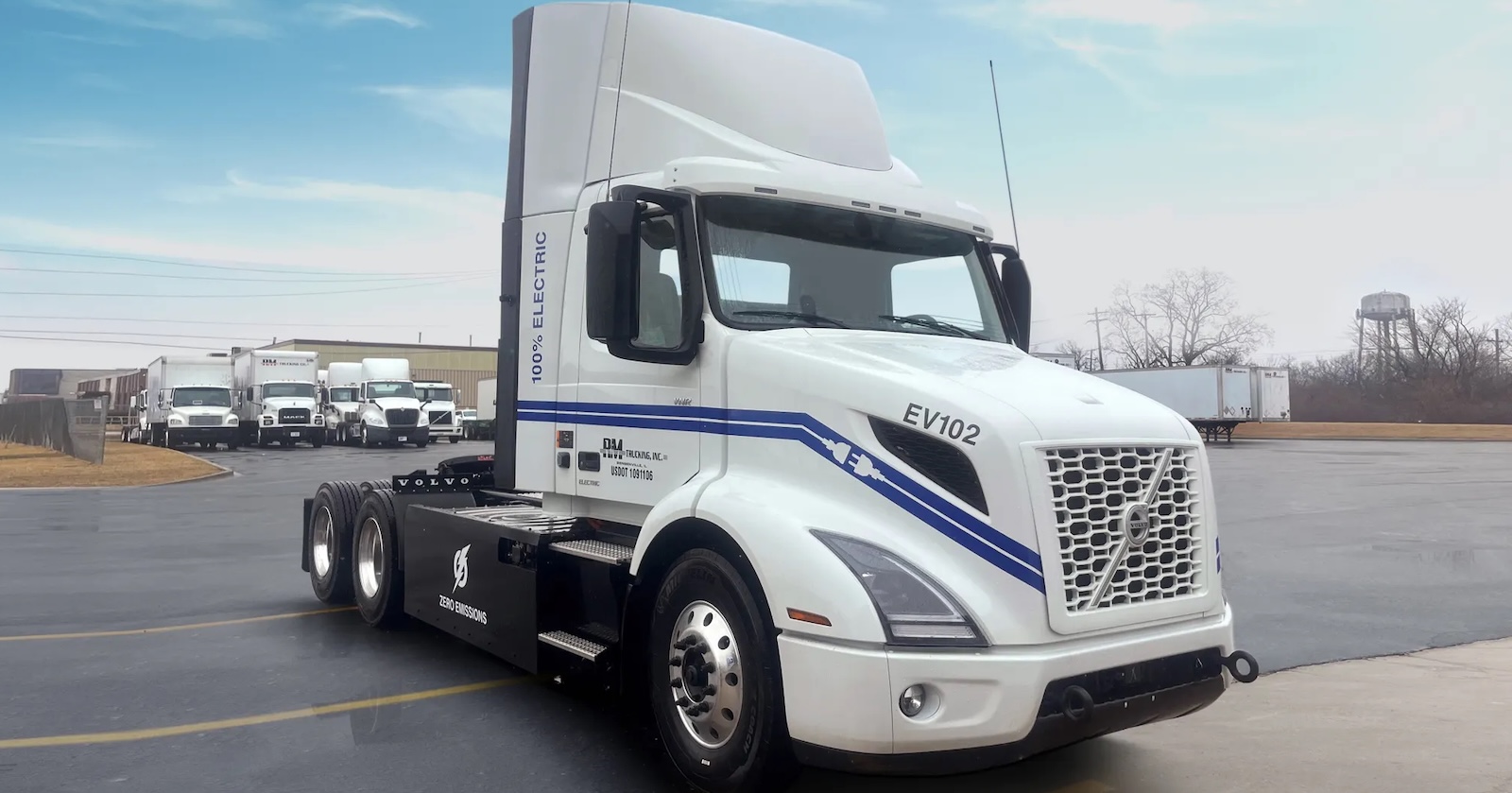A “Cool” Route to Battery Electrode Material Recovery
Advanced Energy Materials, EarlyView.

Ice-stripping, a novel sub-zero electrode delamination technique, enables >90% recovery of the electrode materials from manufacturing scrap and end-of-life batteries. Water is sprayed upon a porous electrode and quickly freezes when placed on a cold surface. The foil is peeled away, leaving behind the black mass with the morphology retained. This scalable method reduces energy use and environmental impact.
Abstract
The increasing demand for alkali metal-ion batteries necessitates efficient and sustainable recycling solutions for both end-of-life batteries and production scrap. This study introduces a novel, cost-effective, and scalable electrode delamination technique, termed “ice-stripping,” which employs sub-zero freezing to achieve near-complete (>90%) recovery of electrode coatings. Water is sprayed onto the electrode surface and placed on a sub-zero surface; the water freezes, forming a strong interfacial bond of the electrode coating to the cold plate. This enables the current collector to be stripped away from the electrode due to the stronger adhesion of the electrode to the plate. Unlike conventional thermal or chemical delamination methods, ice-stripping minimizes energy consumption, eliminates hazardous chemicals, and preserves the morphology and integrity of reclaimed materials. The technique is successfully applied to scrap and end-of-life lithium-ion and sodium-ion battery electrodes with various binder systems. Case studies focus on the recovery efficiencies and potential for direct recycling of Prussian white and hard carbon electrodes, graphite from end-of-life cells, and cathode and anode manufacturing scrap. Scalability and integration are also discussed. Given its efficiency and sustainability, ice-stripping represents a transformative step forward in battery recycling technology, reducing environmental impact and promoting material circularity.




























